OSIRIS-REx is a NASA asteroid exploration and sample return mission launching on an Atlas V rocket in September 2016 before arriving at asteroid Bennu in 2018 for an exploration mission of two and half years ahead of a return launch in 2021 and a landing on Earth in September 2023 with up to two Kilograms of sample material from the asteroid.
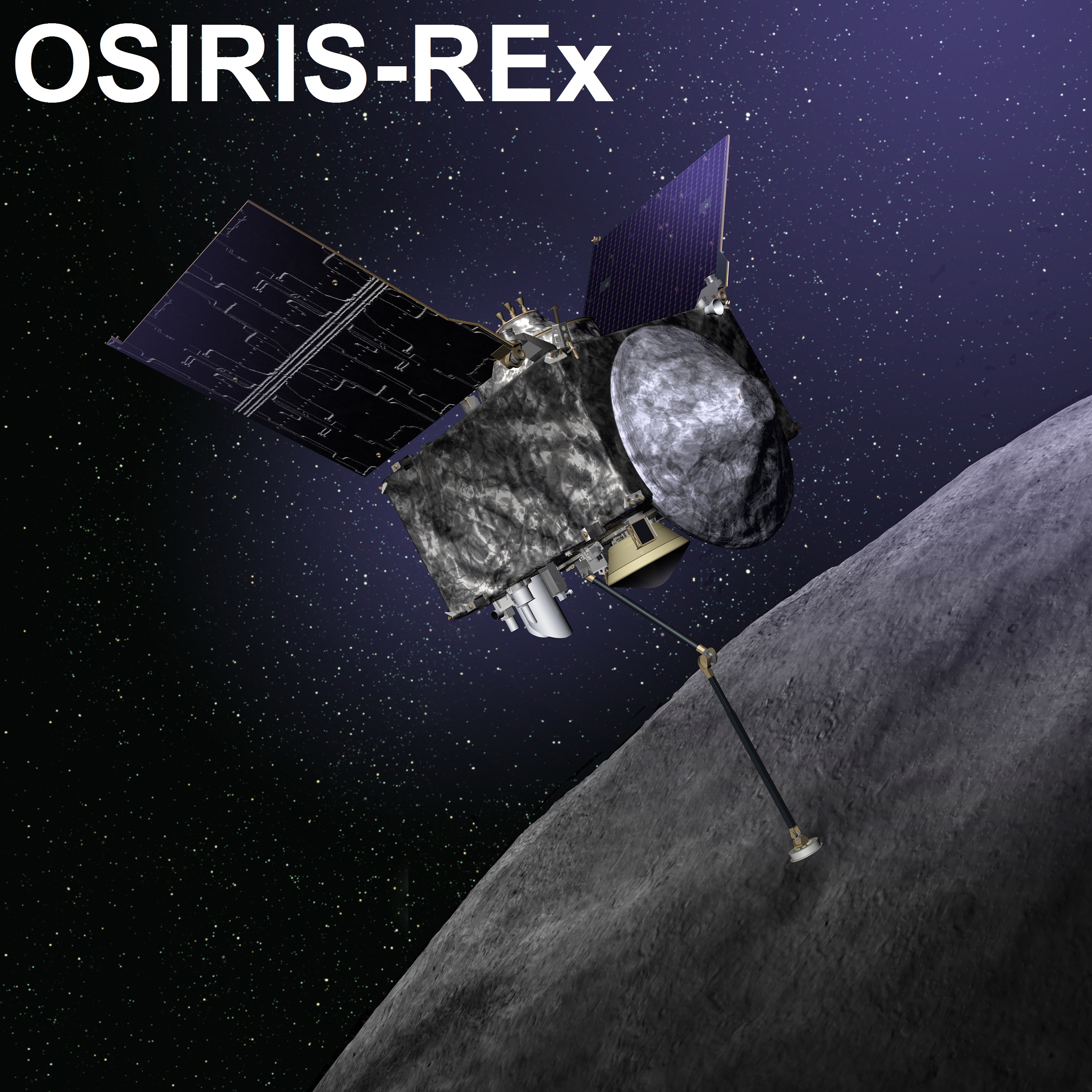
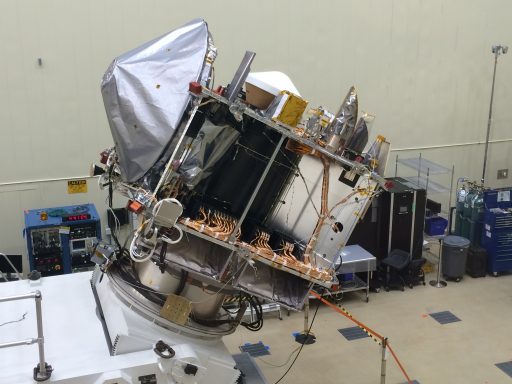
The mission's full name is Origins, Spectral Interpretation, Resource Identification, Security, Regolith Explorer and the project has a budget of $800 million (not including the launch vehicle) as part of NASA's New Frontiers Program, following in the footsteps of the New Horizons spacecraft that became the first to explore Dwarf Planet Pluto and Juno which arrived in orbit around Jupiter in July 2016.
The 2-metric ton OSIRIS-REx spacecraft was built by Lockheed Martin and the mission is operated by the University of Arizona and the Goddard Spaceflight Center with an international science team.
The study of an asteroid and the return of sample material was deemed a critical goal for space exploration because asteroids can be considered time capsules from the birth and early formation of the Solar System. The ancient Carbon-containing material on Bennu and other early bodies of the solar system was a key in the formation of organic molecules delivered to Earth by bombardment of meteorites.
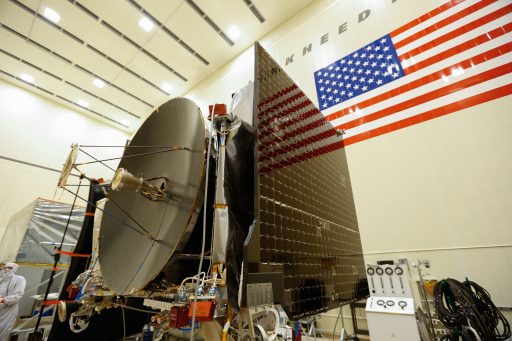
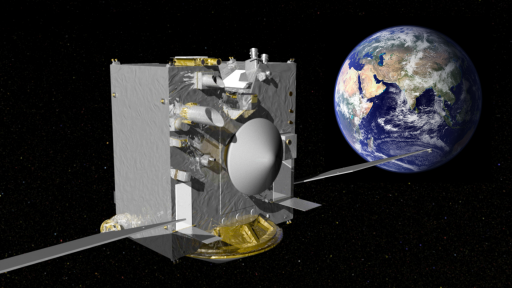
The acronym OSIRIS references the Egyptian mythological god Osiris, the lord of the dead roaming the underworld. This name was chosen for the mission as asteroid Bennu is a potential Earth-impactor capable of bringing vast destruction and death. Rex is the Latin word for king.
The prime goal of the mission is the collection of a sample by making contact with the asteroid and acquiring anywhere between 60 grams and 2 kilos of material to be returned to Earth in a Sample Return Capsule. Prior to sample collection, OSIRIS-REx is tasked with a remote sensing campaign lasting over a year during which the remaining objectives of the mission will be assessed.
OSIRIS-REx sets out to map Bennu's global properties, chemistry and mineralogy to deliver an unprecedented data set from a primitive carbonaceous asteroid to characterize its geologic and dynamic history. The spacecraft's instruments will document the surface texture, morphology, geochemistry and spectral properties at high-resolution which will unlock the historic record preserved on the asteroid. This data will also help interpret telescopic data collected from other asteroids in the solar system.
Another goal of the mission is to provide a measurement of the Yarkovsky Effect - a change in a small body's orbit caused by the emissions of thermal photons. Knowledge of this effect is valuable when tracking hazardous asteroids to evaluate whether thermal forces will nudge them on a collision course with Earth.
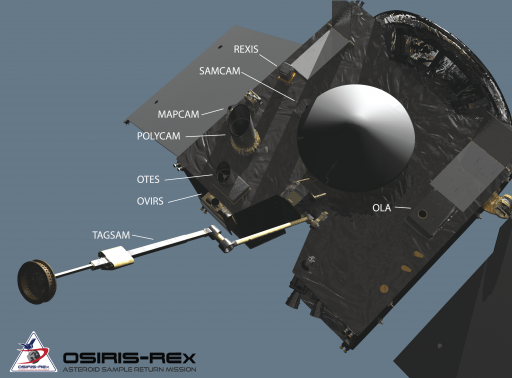
For its ambitious mission, OSIRIS-REx is outfitted with five remote sensing instruments plus the Touch And Go Sample Acquisition Mechanism. The remote sensing payloads include a suite of cameras to deliver high-resolution color images of the asteroid and document the sample collection. A laser altimeter is tasked with mapping the global topographic features of Bennu with high accuracy.
The other three instruments are spectrometers to gather data across the electromagnetic spectrum to characterize the surface composition of Bennu, collecting data in the visible and infrared range, studying thermal emissions as long wavelengths, and looking at the asteroid with X-ray vision.
The mission's target, asteroid 101955 Bennu, was discovered in September 1999 and has a diameter of just under half a Kilometer. It belongs to the Apollo class of asteroids - Earth-crossing asteroids that have a semi-major axis greater than Earth but come closer to the sun than Earth - putting them on a potential collision course.
Bennu is the most accessible carbonaceous asteroid roaming the Solar System, but also the most hazardous known asteroid with multiple close encounters expected in the coming 200 years.
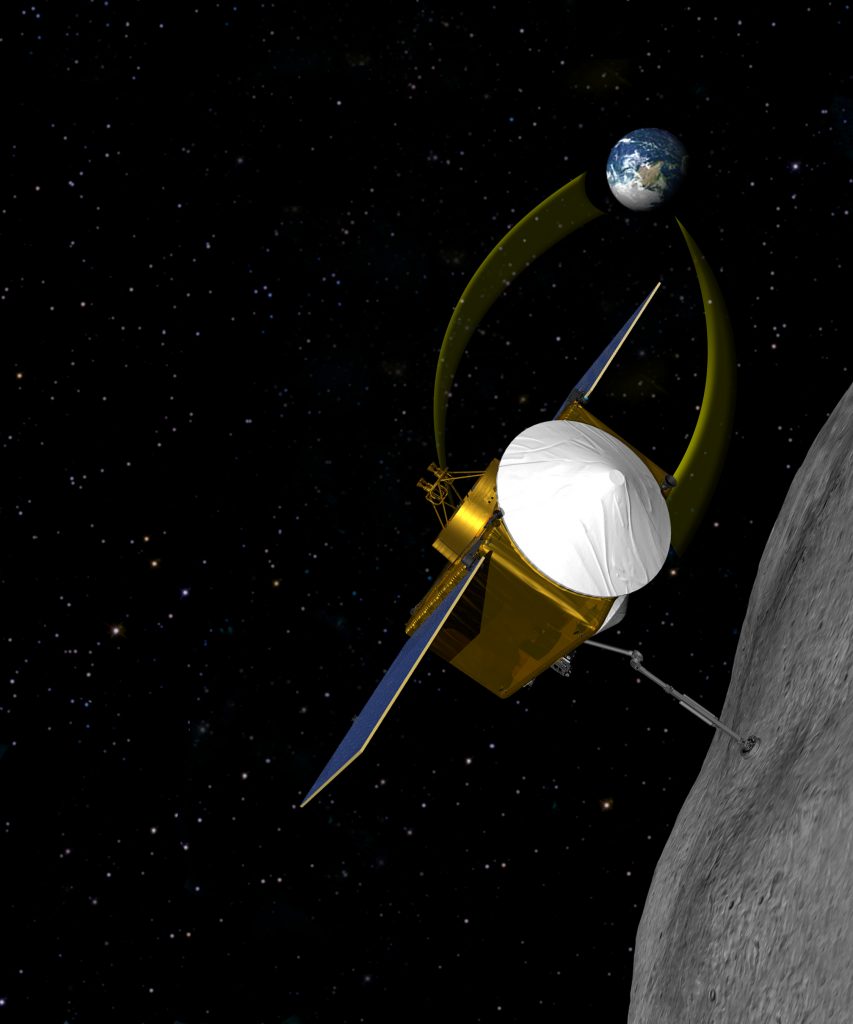
Bennu was "awarded" the third highest ranking on the Palermo Technical Impact Hazard Scale with a chance of impacting Earth between the years 2169 and 2199 - though further research constrained the odds for an impact to 0.04%. The asteroid was named in a naming contest after a mythological bird Bennu which is associated with the sun, creation, and rebirth. The name was chosen by a third grader based on the resemblance of the OSIRIS-REx spacecraft with the mythological creature.
OSIRIS-REx sets out on its odyssey through the Solar System during a 34-day launch window in September/October 2016, being sent into an orbit around the sun by an Atlas V 411 rocket. Cruising through space, OSIRIS-REx will set up for a September 22, 2017 Earth Gravity Assist by making Deep Space Maneuvers. Skimming past Earth, the spacecraft will enter approach of Bennu in August 2018, slowing down to enter formation with the asteroid.
An exhaustive mapping campaign starts in October 2018 leading up to the culmination of the mission in July 2020 when the spacecraft will make contact with Bennu in a touch-and-go maneuver to collect sample material. OSIRIS-REx departs Bennu in March 2021, entering a ballistic trajectory that intersects the orbit of Earth in September 2023.
Back in the vicinity of Earth, the entry vehicle separates and the OSIRIS-REx spacecraft performs a deflection to avoid hitting Earth, entering a solar orbit. Re-Entry is set for September 24, 2023 at a blazing speed of over 12 Kilometers per second.
A parachute-assisted landing will mark the end of a seven-year journey and the arrival of a long-awaited sample for detailed study to peer deep into the Solar System's past to unlock the secrets of how the ingredients of life may have been delivered to Earth.
